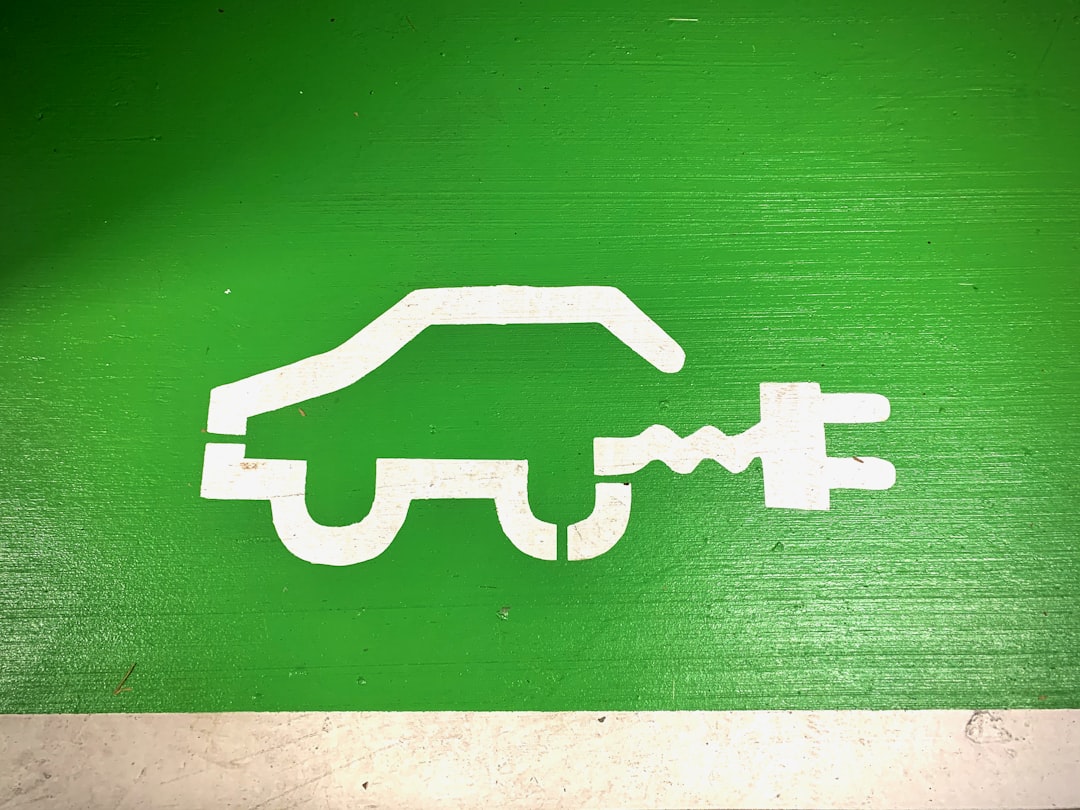What is it about?
Currently, highway/railway bridges are designed for the service life of more than 100 years. In such reinforced concrete structures, fusion-bonded-epoxy (FBE) coated steel rebars are being used in anticipation of delayed initiation of reinforcement corrosion. However, the FBE steel rebars get exposed to sunlight/ultraviolet rays during prolonged storage and delayed/staged construction. This paper presents micro-analytical and electrochemical data (FTIR/SEM/EDX/EIS) and showing the adverse effects of sunlight/UV exposure on the corrosion resistance of FBE coated steel reinforcement in concrete construction. Based on tests on steel-mortar specimens, the mechanisms of UV-induced chemical changes, shrinkage, and cracking of FBE coating, and the resulting steel corrosion mechanism are proposed. Also, the adverse effects of sunlight/UV exposure on chloride threshold and reduction in the service life of FBE coated steel in cementitious systems are presented. The paper recommends to minimize the exposure of FBE coated steel rebars to sunlight/UV rays to less than one month
Featured Image

Photo by Matti Johnson on Unsplash
Why is it important?
Based on field and laboratory studies, many agencies in USA, Canada, and Europe have stopped using FBE coated steel rebars in concrete construction. However, India, China, Japan, Germany, and some parts of USA are still using them – a few of these are able to strictly enforce stringent quality control measures on materials and construction practices, while many are not able to; the latter case is a huge concern. Moreover, due to prolonged outdoor storage and delays in construction, FBE coated steel rebars get exposed to sunlight/UV radiations, the effects of which on corrosion resistance is not well-reported in literature. This paper provides an experimental database and the evidences on adverse effects due to sunlight/UV exposure and sensitizes the engineers to ensure shaded storage of FBE coated steels and minimize delays in construction. This paper reveals that, at a place with high UV index, exposure to sunlight for about one month could crack the epoxy coating, leading to a significant reduction in its resistance to chloride attack, chloride-induced corrosion, and service life.
Perspectives
This work is first of its kind, where we addressed the problems associated with the exposure of epoxy coated rebars to sunlight. It was found that the exposure of about one month to sunlight, which is very common in the construction industry, can crack the epoxy coating. This cracking can lead to faster ingress of chlorides. It was found that the exposure of about one month can reduce the service life of reinforced concrete systems by about 70%.
Deepak Kumar Kamde
Indian Institute of Technology Madras
Read the Original
This page is a summary of: Effect of Sunlight/Ultraviolet Exposure on the Corrosion of Fusion-Bonded Epoxy (FBE) Coated Steel Rebars in Concrete, CORROSION, September 2020, NACE International,
DOI: 10.5006/3588.
You can read the full text:
Resources
Contributors
The following have contributed to this page










